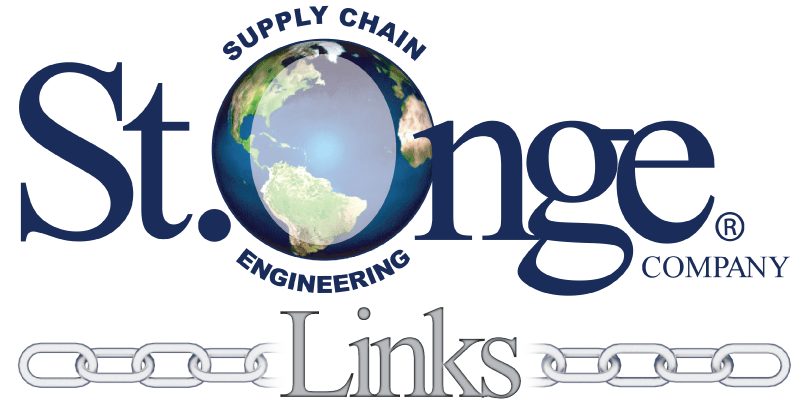 Strengthening your supply chain one link at a time.
Strengthening your supply chain one link at a time.
At St. Onge Company, we listen intently to each client’s ask in order to better understand the best approach to solve their problem. More frequently than in the past, clients ask for a “digital twin” of their supply chain. A digital twin could mean a simulation or optimization model (or both)! Technically, simulation is not optimization – that is a common misconception. Clouding the picture is the fact that best-of-breed modeling software packages offer both options in the same application, thus the clients perceive that they essentially asking for either option in the same “ask”. To be clear, there IS a significant difference in how the model is built as well as the results the model delivers.
I will try to give the reader an illustration example to explain the difference in those terms, using a common problem for supply chain inventory planners: “Setting Proper Inventory Levels for an SKU”.
Optimization Approach
When all of the input variables to the mathematical problem are held static (for example, variables such as replenishment lead times, sales order expected fill rates, order-line quantities, receipt quantities, etc.), then the inventory levels can be solved to a precise amount to achieve the desired order fulfillment amount. Whether done in a spreadsheet or linear equations, the goal is to come to an exact answer using static input variables at that instant. Whatever the mathematical process utilized, the result is repeatable and accurate for those inputs. The result an optimization engine might calculate a result that looks like this: 1,000 cases of SKU #1 are needed in inventory if you want to achieve a 90% fill rate, for 1,111 orders per shift, with 1 unit ordered per line. The key point with optimization is that I needed to supply the 90% as an input to the model to get a precise answer to the inventory level. This is why optimization is used to solve supply chain infrastructure problems; the answer is optimal across a wide range of input variables.
Simulation Approach
One of the key differences for simulation, as opposed to optimization engines, is when most of the input variables for the systematic model are best defined as a probable range (aka stochastic distribution) with significant variation, the result is typically stated with a confidence interval (+/- X%). Simulation software itself generates the static input variables randomly millions of times using distribution functions provided by the user, and keeps track of the results achieved. The results a simulation engine might calculate are resultw such as: 1,000 cases of SKU #1 achieved a 95% average with a max of 97% and a low of 88% fill rate, meaning the percentage of time sales orders were fulfilled across the millions of the simulations run. The key point with simulation is that the model varied the inputs and calculated the fill rate percentages achieved in that instance. A lot of Inventory Optimizing (IO) software on the market today claim to “optimize” inventory, when what the methodology they use is actually simulation, thus contributing to the confusion in terminology.
Conclusions
If you want a mathematic solution under static conditions, then you want OPTIMIZATION. If you want a mathematic solution under varied conditions with a ranged answer, then you want SIMULATION. At St. Onge Company, we understand the difference and can help our clients decide on the best methodology to solve your supply chain problem!!
—Craig Vorse, St. Onge Company